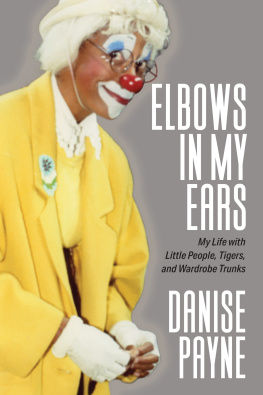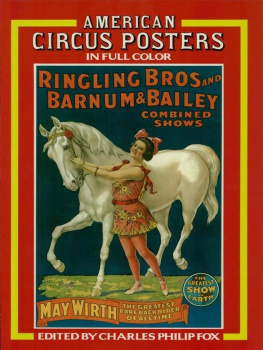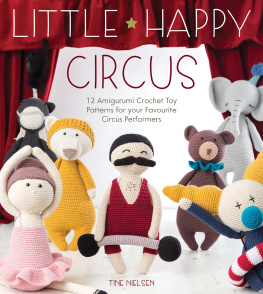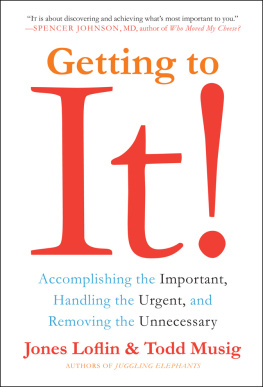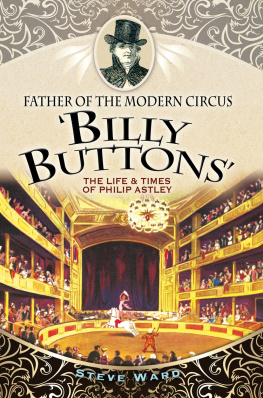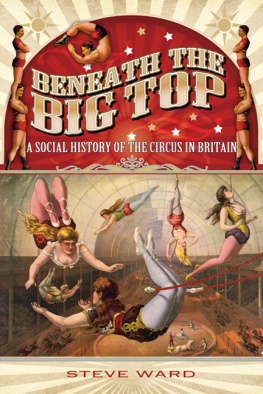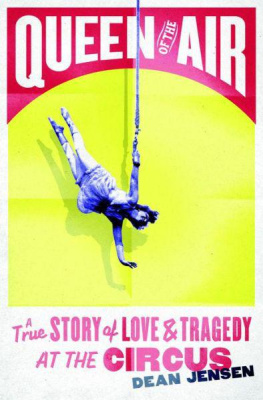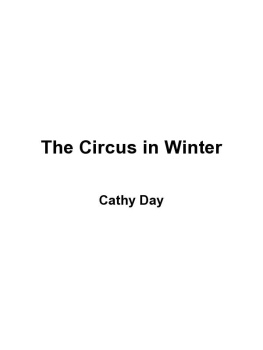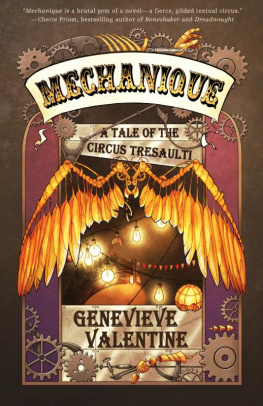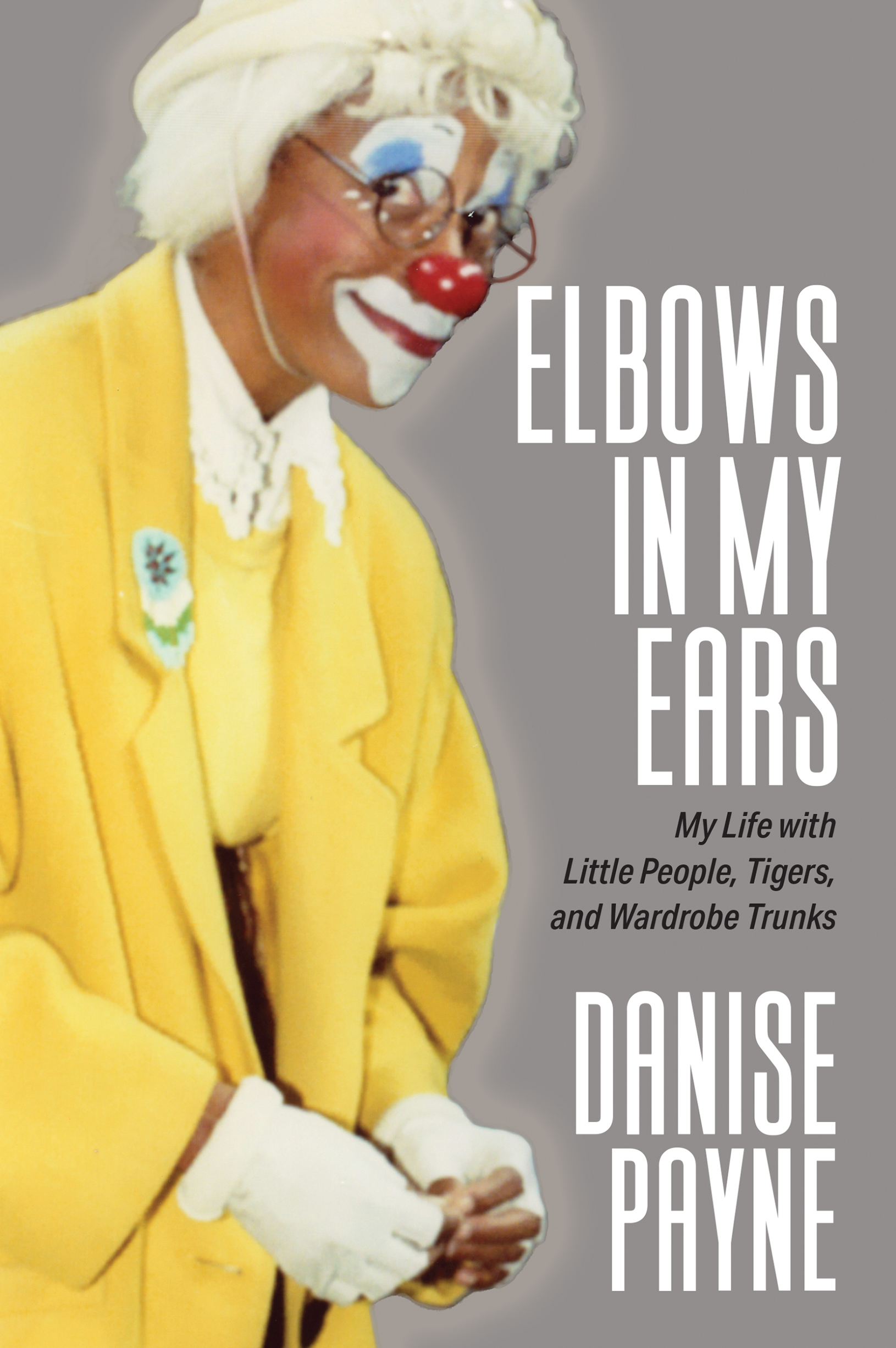ELBOWS IN MY EARS
My Life with Little People, Tigers, and Wardrobe Trunks
Danise Payne
Copyright 2022 by
DANISE PAYNE
All rights reserved.
No part of this publication may be reproduced, stored in a retrieval system, or transmitted in any form or by any means, electronic, mechanical, photocopying, recording, scanning, or otherwise, without the prior written permission of the author.
Limit of Liability/Disclaimer of Warranty: While the publisher and author have used their best efforts in preparing this book, they make no representations or warranties with respect to the accuracy or completeness of the contents of this book and specifically disclaim any implied warranties of merchantability or fitness for a particular purpose. No warranty may be created or extended by sales representatives or written sales materials. The advice and strategies contained herein may not be suitable for your situation. You should consult with a professional when appropriate. Neither the publisher nor the author shall be liable for any loss of profit or any other commercial damages, including but not limited to special, incidental, consequential, personal, or other damages. Some names and identifying details of people described in this book have been altered to protect their privacy. The views expressed by this author do not necessarily reflect those of Authority Publishing or its representatives.
ELBOWS IN MY EARS
My Life with Little People, Tigers, and Wardrobe Trunks
by Danise Payne
PER002000 2. BIO002010 3. BIO005000
ISBN: 978-1-949642-97-1 (paperback)
978-1-949642-98-8 (hardcover)
978-1-949642-99-5 (ebook)
Cover design by Lewis Agrell
Cover photo by Bill Payne
Printed in the United States of America
Authority Publishing
11230 Gold Express Dr. #310-413
Gold River, CA 95670
800-877-1097
www.AuthorityPublishing.com
Acknowledgments
In this book are my memories and experiences. My help with facts and lore came from various sources, and I give kudos to them all. If I left anyone off, I apologize, but thanks are there nonetheless.
My early writing was not refined. Jim and Joanne Foster encouraged me and gave gentle corrections. They offered insight into what lay ahead, and my vision took shape.
I received advice from the Henderson Writers Group. Their numerous critiques and comments helped to smooth the road.
Years of rewrites followed until I found a match in an editor. Her abundant red marks in the track changes function gave birth to my written dream of passion. So, much thanks to Jevon Bolden. I am forever indebted and grateful for your patience and belief.
With the guidance of my project manager, Chela Hardy, Elbows in My Ears took tangible form. Whenever I had questions, she never ceased to answer.
For accuracy of details, I turned to those who know the history that dates back to the Colosseum in Romecircus people.
The amount of facts held in The Robert L. Parkinson Library & Research Center in Baraboo, Wisconsin, will astound you! My phone calls to them revealed information I never knew. They helped my memoir become as tried-and-true as possible.
Robert F. Houston who provided data about black circus performers and John Cooper in Great Britain for his research of my status are two individuals to whom I tip my hat.
For circus-isms and logistics, I turned to Cowboy Clown, Mike Keever. And I would never have known how our circus train maneuvered without the one-on-one with our trainmaster, Charlie Smith.
Through it all, I give a loving thanks to my husband, Bill Payne. He helped my memory, and his great photos enliven the text. Thanks to all for the fulfillment of this book.
Dedication
I dedicate this book for the glory of God with love to my husband, Bill, who reminds me never give up on my dream; to my sisters and brother, Vanita, Robert, and Adriene, from whom I learned no one stands alone; to my Aunt Ernestine who supported me from day one; and especially with love to my parents, Alma and Bob Wilson, who taught me to persevere.
Table of Contents
Introduction
I am the daughter of an original Tuskegee Airman of World War II, and military protocol filled my childhood. By the age of seven, nonetheless, I wanted to perform. Nothing could stop me, for the Lord had ordered my steps and established me. To set me on my way, His still, small voice prompted me to acquire the know-how needed to succeed in a world that I never anticipated: at the age of sixteen, unicycle; at the age of twenty-three, juggling-skills of a domain from the far side of the sun.
I would use this expertise in The Biz that greeted me. The road ahead would be fun, but not stress-free. There would be thorns of jealousy, disillusionment, exasperation, and panic in my side. I would need to remember that I was decked in armor. Equipped with faith and a funny bone, I became who I was to be. These are my remembrances with no pretense or embellishment. This is my story.
There was a time when I lived in a dream and rode unicycles and elephants, patted zebras, but avoided chimpanzees. A man walked with bears, and a woman hung by her hair. A three-foot-tall giant strolled with beasts four times his size. Who was that with wings on her back, a wand in her hand, and paint on her face? And oh, the toys: enormous, brilliant jack-in-the-boxes, a miniature car the shade of lemonade, and floats the color of a magenta sunset. I fell in love in that mystical, magical, wonderful world and found the love of my life.
In 1978, my diploma from Ringling Bros. and Barnum & Bailey Clown College cleared a path to the Red Unit of The Greatest Show on Earth, and my life transitioned from cinder-block houses that lined the streets of air force bases to a home the size of a bathroom. I learned to sleep confined with my elbows in my ears, yet circus captured my soul.
In 2017 legislators passed laws that prohibited performances with exotic animals in various cities. As a result, shows shut down, adapted, or pushed on intact. And so it happened that the owners of the greatest spectacle announced its closure after 146 years of bedazzlement. As it faded, premieres took the place of state-of-the-art circuses that sailed those used to greasepaint and glamour over murky waters. I am African American. How did that relate to me? A glance at history revealed a jagged tapestry of a colorful life.
The art form sprouted in Europe, and by the 1800s, people in the United States enjoyed circuses as well. The new outlet enticed the full-spirited to apply their hands at the trade and included Amelia Butler who joined James M. Nixons Great American Circus in 1858.
Citizens hungered for entertainment, which opened the way to make money off the gullible ignorance of man at the expense of another. At times, it catered to the prejudices of the heart. In his museum, Phineas Taylor Barnum exhibited the odd, freaks, such as a black man named William Henry Johnson who possessed an elongated forehead. Barnum billed him as The What Is It? or Man-Monkeythe link between ape and man. Another moniker for Mr. Johnson was Zip after the southern racist character Zip Coon.
In the early days, the massive Ringling Bros. and Barnum & Bailey Combined Shows presented grace, class, and style with circus acts, animals, and the physically abnormal. The payroll included African Americans. Men of color numbered among the crew as gandy dancers, a term associated with railroad workers. Non-circus individuals labeled them roustabouts. Circus gandy dancers formed a circle around tent stakes and pounded sledgehammers in perfect synchronization, one man after another. When finished, they tightened the guy ropes and raised the big top: Heave itweave itshake ittake itbreak itmake it. Move along, chanted the gang boss.

